¡Bienvenido a mi blog!
Antes de profundizar en el contenido, me encantaría que te unas a mí en mis plataformas de redes sociales, donde comparto más información, interactúo con la comunidad y publico actualizaciones. Puedes conectarte conmigo de la siguiente manera:
Facebook: https://www.facebook.com/profile.php?id=100072217509763
LinkedIn: https://www.linkedin.com/company/74949059/admin/dashboard/
YouTube:www.youtube.com/@tractormanufacturer-lc5qz,www.youtube.com/@excavatormanufacturers-sn9hk
TikTok: www.tiktok.com/@tractormanufacturer, www.tiktok.com/@excavatormanufacturers
Ahora, comencemos nuestro viaje juntos. Espero que el contenido que se incluye aquí te resulte interesante, interesante y valioso.
Introducción
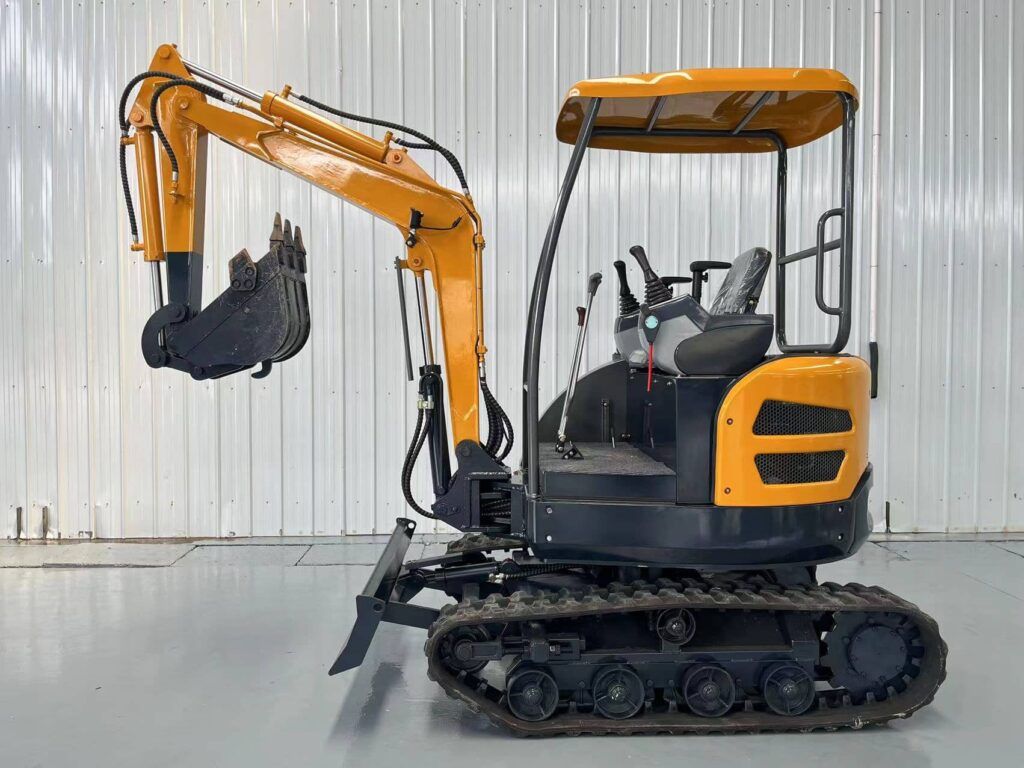
Cuando se trata de maximizar la eficiencia y versatilidad de su miniexcavadora, elegir el cucharón adecuado es crucial. Ya sea que esté cavando, nivelando o despejando, el cucharón que seleccione puede afectar significativamente su productividad en el lugar de trabajo. Con varias opciones disponibles, encontrar el mejor cucharón para una miniexcavadora puede resultar abrumador. Esta guía tiene como objetivo simplificar el proceso, ayudándolo a tomar una decisión informada que se adapte a sus necesidades específicas.
Understanding the Different Types of Buckets for Miniexcavadoras
General-Purpose Buckets
General-purpose buckets are the most common type of bucket for mini excavators. These buckets are versatile and can handle a variety of tasks, such as digging, loading, and material handling. They come in different sizes, allowing operators to choose the appropriate size based on the scope of the job.
Características principales:
- Versatile for multiple tasks
- Available in various sizes
- Durable and robust construction
Cubos para trabajos pesados
Heavy-duty buckets are designed for more demanding tasks that involve handling abrasive materials, such as rocks, gravel, and hard soil. These buckets are built with reinforced structures to withstand the rigors of heavy-duty work.
Características principales:
- Reinforced construction
- Suitable for tough, abrasive materials
- Longer lifespan compared to general-purpose buckets
Grading Buckets
Grading buckets are ideal for tasks that require precise leveling and grading. These buckets have a wider and flatter profile, making them perfect for finishing work, slope creation, and landscaping.
Características principales:
- Wide, flat profile for better grading
- Ideal for finishing and landscaping
- Provides a smooth finish
Cucharones para zanjas
Trenching buckets are specifically designed for digging narrow, deep trenches. These buckets are narrower than general-purpose buckets, allowing them to create clean, precise trenches for utilities, pipelines, and foundations.
Características principales:
- Narrow design for precise trenching
- Ideal for utilities and pipeline work
- High penetration capabilities
Specialty Buckets
For unique applications, specialty buckets are available. These can include tilt buckets, rock buckets, and clean-up buckets. Tilt buckets, for example, can tilt on a pivot, allowing for angled digging and grading, which is particularly useful in sloped areas.
Características principales:
- Designed for specific tasks
- Includes tilt, rock, and clean-up buckets
- Increases versatility in specialized work
Factors to Consider When Choosing the Best Bucket for miniexcavadora
-
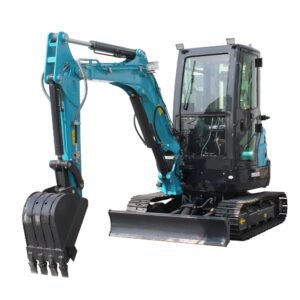 Excavadora 3.5T
Excavadora 3.5T -
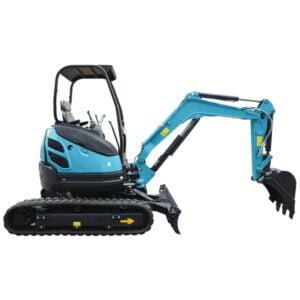 Fabricante personalizado de excavadoras 2.5T
Fabricante personalizado de excavadoras 2.5T -
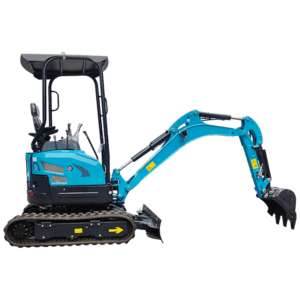 Fabricante personalizado de miniexcavadora 2.0T
Fabricante personalizado de miniexcavadora 2.0T -
 Fábrica de miniexcavadoras de China 1.7T
Fábrica de miniexcavadoras de China 1.7T -
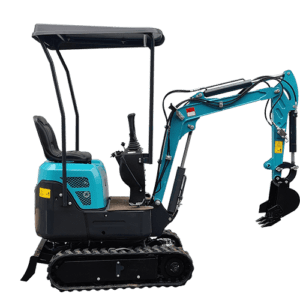 Fabricante de miniexcavadora de China 1.0T
Fabricante de miniexcavadora de China 1.0T -
 Empresa de miniexcavadoras de 2,5 t a medida
Empresa de miniexcavadoras de 2,5 t a medida -
 Empresa de miniexcavadoras Odm 2.0T
Empresa de miniexcavadoras Odm 2.0T -
 Empresa de miniexcavadoras 1.2T de China
Empresa de miniexcavadoras 1.2T de China
Requisitos del puesto
The first step in selecting the right bucket for your mini excavator is to evaluate the job requirements. Consider the type of work you’ll be performing, the materials you’ll be handling, and the site conditions. For instance, a general-purpose bucket might be sufficient for light digging, while a heavy-duty bucket would be better suited for rocky terrain.
Bucket Size and Capacity
Choosing the right bucket size and capacity is essential for maximizing efficiency. A bucket that’s too small may increase the number of cycles needed to complete a task, while a bucket that’s too large can strain your mini excavator and reduce its maneuverability.
| Bucket Size | Typical Capacity (Cubic Yards) | Aplicaciones ideales |
|---|---|---|
| 12 inches | 0.10 – 0.15 | Narrow trenching, utility work |
| 18 inches | 0.20 – 0.25 | General-purpose digging, grading |
| 24 inches | 0.30 – 0.35 | Larger trenching, heavy material |
| 36 inches | 0.40 – 0.50 | Large-scale digging, loading |
Material Durability and Bucket Design
The material from which the bucket is constructed plays a significant role in its durability. High-strength steel is commonly used in buckets for mini excavators due to its ability to withstand heavy loads and resist wear and tear. Additionally, the design of the bucket, including the shape and reinforcement of the cutting edge, determines its effectiveness in various applications.
Compatibility with Mini Excavator
Ensure that the bucket you choose is compatible with your mini excavator model. This involves checking the attachment system, hydraulic requirements, and weight limitations. Using an incompatible bucket can not only reduce efficiency but also pose safety risks.
Cost and Budget Considerations
Budget is always a factor when selecting equipment. While it might be tempting to opt for the cheapest bucket, it’s important to consider the long-term costs associated with durability, maintenance, and productivity. Investing in a higher-quality bucket can save money in the long run by reducing downtime and replacement costs.
Consejos de mantenimiento para su miniexcavadora Balde
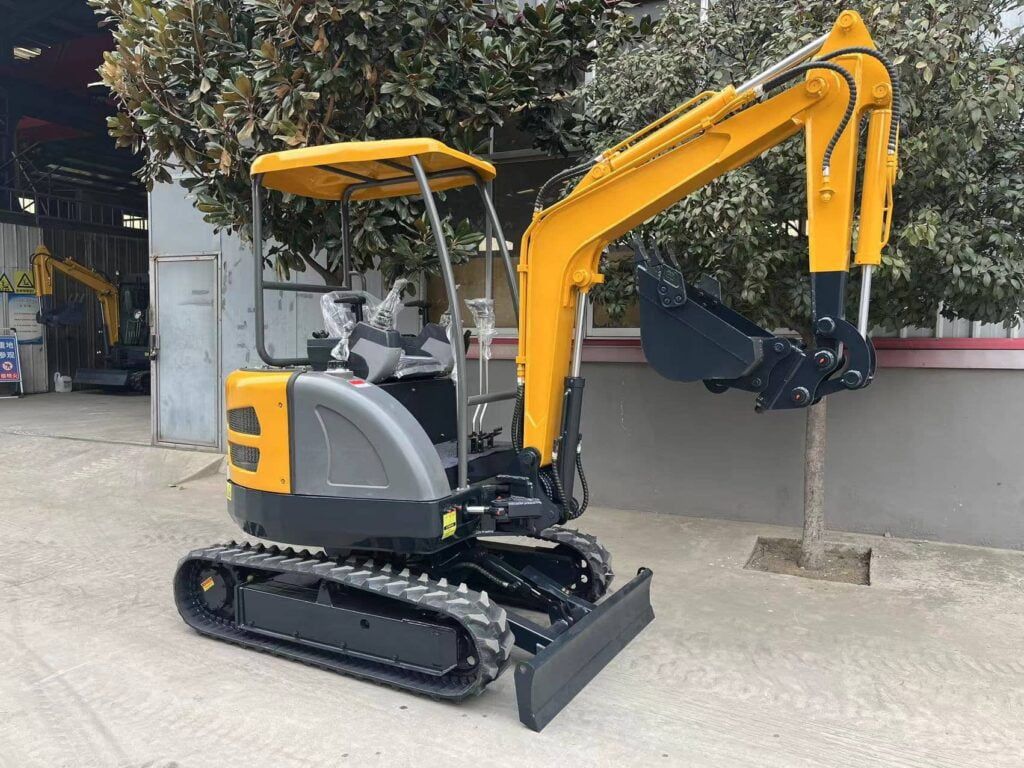
Regular Inspection and Cleaning
Inspect your bucket regularly for signs of wear, such as cracks, dents, and worn edges. Cleaning the bucket after each use is also essential to prevent material buildup, which can lead to corrosion and reduced performance.
Lubrication of Moving Parts
Ensure that all moving parts, such as hinges and pins, are adequately lubricated. This reduces friction and prevents wear, extending the life of the bucket and ensuring smooth operation.
Replacement of Worn Components
Over time, components like the cutting edge and teeth will wear down. Regularly replace these parts to maintain the bucket’s efficiency and avoid costly repairs. Using high-quality replacement parts will also improve the bucket’s performance.
Almacenamiento adecuado
When the bucket is not in use, store it in a dry, covered area to protect it from the elements. This prevents rust and prolongs the lifespan of the bucket, especially when it is made of high-strength steel.
Conclusión
Selecting the best bucket for your mini excavator involves careful consideration of several factors, including the type of work, bucket size, material durability, and budget. By understanding the different types of buckets available and matching them to your job requirements, you can significantly enhance the performance and efficiency of your mini excavator.
Remember, the right bucket not only improves productivity but also ensures the longevity of your equipment. Regular maintenance, such as inspection and proper storage, will further extend the life of your bucket, providing you with reliable service for years to come.
Preguntas más frecuentes
What is the most versatile bucket for a miniexcavadora?
The general-purpose bucket is considered the most versatile as it can handle a variety of tasks, including digging, loading, and material handling. It’s suitable for different job sites and materials, making it a popular choice for many operators.
How do I know what size bucket to choose?
The size of the bucket should be based on the specific tasks you need to perform. Smaller buckets are ideal for precision work like trenching, while larger buckets are better for bulk material handling. Refer to the manufacturer’s guidelines to ensure the bucket size is compatible with your mini excavator.
How often should I replace the cutting edge on my bucket?
The frequency of replacing the cutting edge depends on the type of material you’re working with and how often you use the bucket. As a general rule, inspect the cutting edge regularly and replace it when it shows significant wear to maintain the efficiency of the bucket.
Can I use a larger bucket on my miniexcavadora?
While it’s possible to use a larger bucket, it’s essential to ensure that the bucket is within the weight and size limits recommended by the mini excavator manufacturer. Using an oversized bucket can strain the machine, reduce its maneuverability, and lead to increased wear and tear.
What materials are best for heavy-duty buckets?
Heavy-duty buckets are typically made from high-strength steel to withstand the rigors of tough environments. Some buckets may also feature additional reinforcement or wear-resistant coatings for enhanced durability.

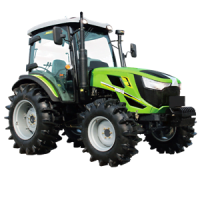
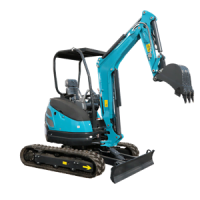


-1.png)